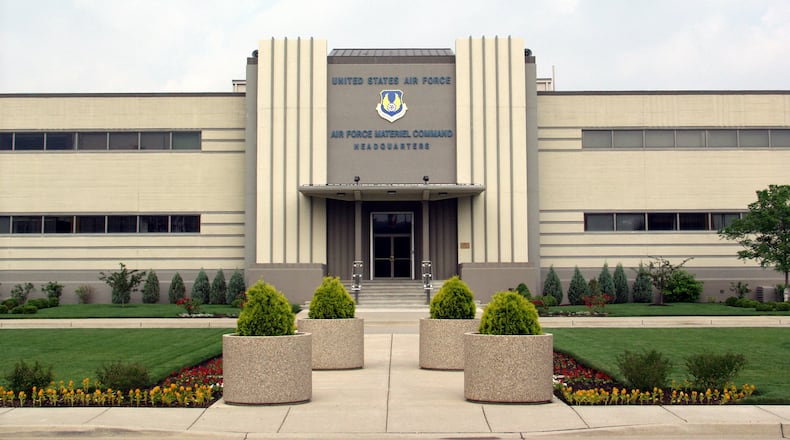The changes will involve no significant job disruptions, a spokesman for the command said.
“No significant change or disruption of jobs is planned,” the spokesman said in response to questions from the Dayton Daily News. “Implementation details are still being worked. The workforce changes are primarily focused on organizational alignment and reporting chain to better posture the command to great power competition strategic challenges.”
This story is free
We've opened this story as free to help you experience the important and entertaining journalism we're producing. Here are some ways you can follow our work:
- • READ: Abraham Lincoln statue project receives $25K county contribution
- • READ: Man in custody after FBI, law enforcement investigate in downtown Dayton, Miami County
- • SIGN UP: Get the news of the day delivered to your inbox every morning with our free Morning Briefing newsletter.
- • SUBSCRIBE: Like what you see? Explore all special offers here
The new, seventh center will be the Air Force Information Dominance Systems Center. The current Air Force Nuclear Weapons Center will become the Air Force Nuclear Systems Center, retaining its focus on nuclear deterrence, with a new program executive office, focused on intercontinental ballistic missiles, to be headed by a two-star general.
The changes have been driven by the need to compete with China and Russia, and that imperative has taken on increasing urgency in the eyes of national defense and Air Force leaders.
“We are out of time,” Air Force Secretary Frank Kendall said in February.
Among the many proposed changes, the Air Force Life Cycle Management Center — like AFMC, based at Wright-Patterson — will be re-designated as the Air Force Air Dominance Systems Center or AFADSC, focusing on a portfolio of aircraft and other weapons.
The center’s headquarters will remain where it is and there will be “minimal impact” to personnel, AFMC said on its website.
Within the AFADSC, several program executive offices, or “PEOs,” will be impacted. PEOs manage weapons and aircraft.
- The Center Commander will be the PEO for Combat Readiness, which merges all programs from PEO Rapid Sustainment Office (RSO), select programs from PEO Agile Combat Support, and other enterprise product support duties, AFMC said.
- PEO Mobility and Training Aircraft will be separated into PEO Mobility and PEO Training.
- PEO Fighters and Advanced Aircraft will remain the same.
- PEO Intelligence, Surveillance, Reconnaissance, and Special Operations Forces will gain the E-3 AWACS, E-7 Wedgetail, E-8 JSTARS, and E-9A aircraft platforms.
- PEO Bombers will remain the same for now with the option to expand in the future.
- PEO Presidential and Executive Airpower will remain the same.
- PEO Weapons will remain the same.
Another four AFMC centers — Air Force Research Laboratory (based at Wright-Patterson), Air Force Test Center, Air Force Sustainment Center, and Air Force Installation and Mission Support Center — are expected to remain largely unchanged in structure and mission but will “adjust as needed” to support the Air Force mission, AFMC said.
“Timelines for implementation will vary and more information will be released as plans are confirmed, but the intent is to move forward as quickly as possible,” AFMC said.
AFMC also said an “Integrated Development Office” will be established within the command to support “early integrated capability development planning and ensure requirements development is informed by technological opportunity and risk.”
“For Headquarters AFMC, the most notable change will be the stand-up of the Integrated Development Office as the pre-program planning and execution arm for the new Integrated Capabilities Command,” the AFMC spokesman told the Dayton Daily News.
“To be effective partners with the operational community in this process, AFMC must make changes in terms of how we work with operators to define requirements, and how we develop, deliver, and sustain weapons systems,” AFMC Commander Gen. Duke Z. Richardson said in a statement.
About the Author

